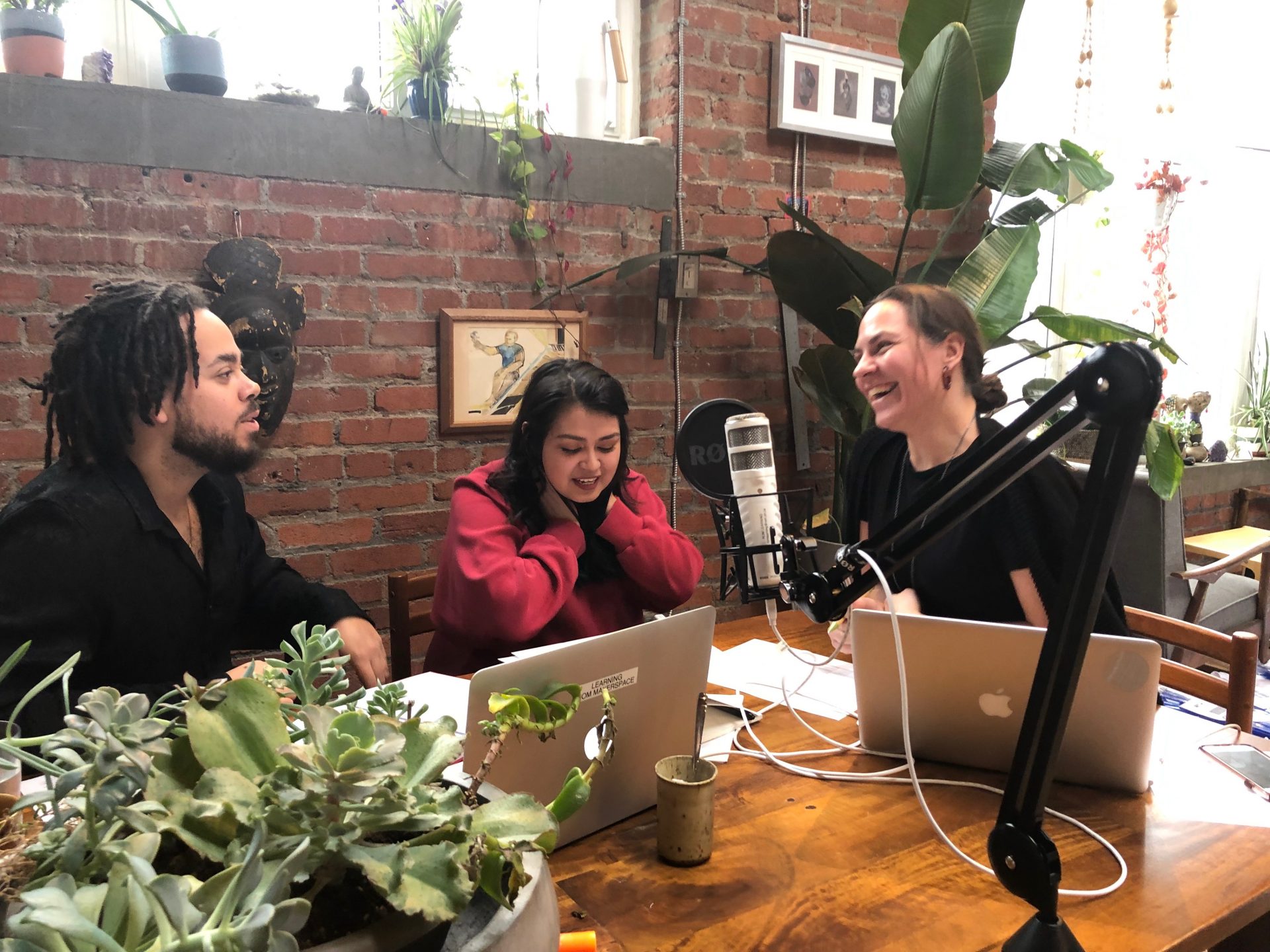The Royal Ontario Museum (ROM) hopes a new video game design program will better connect Ontario students with Indigenous knowledge and ancestral objects in its collection.
Hack the ROM was developed for Ontario’s Indigenous students and their peers in Grades 4 through 10 to build video games inspired by the objects in the Daphne Cockwell Gallery dedicated to First Peoples art and culture.
According to Sarah Chu, digital learning specialist at the ROM, the program fulfills the learning department’s two strategic priorities: digital learning and Indigenous education.
The program works with schools in the Greater Toronto Area and rural Ontario in communities such as Little Current on Manitoulin Island, Moose Factory, Chippewas of Nawash Unceded First Nation, Chippewas of Kettle and Stony Point First Nation, Six Nations of the Grand River, and Pikangikum First Nation, a fly-in community.
Schools receive education kits with objects like moccasins and the ulu, a traditional multi-purpose knife, and connect with the ROM staff through video-calls. “It would be tough to take students from a school like Pikangikum on a 30-hour journey to Toronto,” said Devlin Williams, of the Sakimay First Nation, who works at the ROM as an Indigenous digital learning intern.
The ROM’s Makerspace technicians support students’ digital learning as they prototype the games built with coding programs like Scratch and Twine.
There was always a sense of wonderment and excitement.
—Devlin Williams
“Kids love video games and they play them all the time. So, to be able to say, ‘I made a video game about Indigenous culture’ is so cool to them and it’s important because they can teach other people through their game, other kids in class, their friends and family,” said Jordan Sparks, a Makerspace technician.
The birch bark canoe and fishing spears are some of the objects that intrigue students most, says Jessie Jakumeit, an Indigenous knowledge resource teacher (IKRT). Jakumeit, a member of the Lax Kw’alaams Band, said she and other IKRTs are knowledge carriers and help students engage with Indigenous content and histories.
“At least once a session students would say, ‘Is this really real?’ or, ‘Do you really use these things?’ ” said Williams. “There was always a sense of wonderment and excitement.”
Carly Brascoupe, a youth intern whose parents are from Kitigan Zibi Anishinabeg in Quebec and Batchewana First Nation in Ontario, says the program helps spark student interest in digital spaces, especially for Indigenous youth who might not consider coding, graphics or technology as viable career opportunities. “We are in a digital age, it is constantly evolving and already, these students are great with technology,” said Brascoupe.
In June 2015, Canada’s Truth and Reconciliation Commission (TRC) released a report calling “on governments, educational and religious institutions, civil society groups and all Canadians to act” to redress the legacy of residential schools and advance reconciliation with Indigenous peoples. The report followed six years of study, testimony and consultations across Canada.
The ROM program addresses No. 63 of the Commission’s 94 “calls to action,” which includes “building student capacity for inter-cultural understanding, empathy, and mutual respect.”

The beginning narration of a student game, inspired by needle quills in the ROM’s collection
At the end of its pilot year in 2018, Hack the ROM conducted a formative assessment of the program as it was running with the help of consultants. The evaluation team tracked goals, progress and were able to adjust the program so it was responsive and culturally appropriate, said Olga Semenovych, partner at Groundswell Projects.
The evaluation is captured in a podcast format rather than a written report. “Oral traditions are how Indigenous people pass down knowledge. We wanted to incorporate traditional practices into our evaluation to match the program,” said Williams.
The podcast features the voices of Brascoupe, Williams and Semenovych, alongside interview clips from teachers and staff involved in the project.
“It is important that Indigenous communities are centered in evaluation processes,” said Jeffrey Ansloos, assistant professor of Indigenous mental health and social policy at the Ontario Institute for Studies in Education at the University of Toronto. He said programs that respond to the TRC calls to action must be measured not only for their impact on Canadians at large, but they must “redress the material impacts of historical and ongoing colonialism within the Canadian nation-state.”
According to Williams, a key learning of the evaluation is that teachers need more support in learning how to teach Indigenous histories respectfully and through non-colonial perspectives.
“While truth and reconciliation is something that settlers must take initiative on, actual true reconciliation must empower Indigenous people through opportunity that was once stolen from us,” said Williams.

